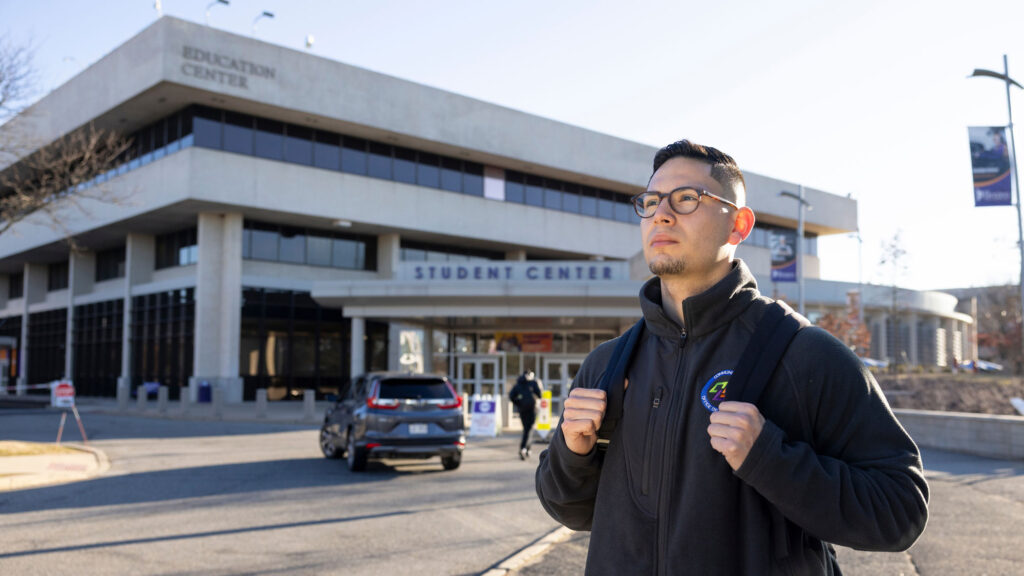Transforming Math Placement: Bridging P-12 Math Policy and College Success
Students’ early math experiences shape their long-term academic and career opportunities

Students’ early math experiences shape their long-term academic and career opportunities. From preschool through high school, access to high-quality math education is critical for college and beyond. Yet, systemic barriers — such as inequitable access to advanced coursework, under-resourced schools, and math misplacement — disrupt this pathway, particularly for students of color and students from low-income backgrounds.
These barriers don’t disappear when students reach college. Instead, they often resurface in the policies that determine access to college-level coursework. College math placement policies determine whether students will continue progressing or face unnecessary roadblocks.
Traditional college placement systems have historically relied on standardized tests, which often misplace students, particularly students of color, into developmental math courses. These non-credit bearing developmental courses are designed to build foundational skills before entering college-level coursework. However, research indicates that math misplacement — placing students in developmental courses despite their demonstrated readiness — creates substantial barriers to college completion by requiring students to spend time and money on classes that don’t earn credit. At the community college level, students who experience misplacement are significantly less likely to complete transfer-level math and earn fewer college credits than their peers who started in transfer-level courses.
In recent years, policymakers and educators have recognized that traditional placement policies reinforce the same inequities found in P-12 education. In response, initiatives like corequisite remediation — where students take college-level courses with built-in academic support — offer an opportunity to change this trajectory. These reforms ensure that students stay on a college pathway rather than being diverted away from their academic and career goals.
California’s AB 705 is an excellent example of how states can address inequities in college math placement. By using a student’s high school coursework and GPA as primary criteria for placement, this policy has improved access to transfer-level coursework and reduced equity gaps. Following the implementation of AB 705,
Despite these gains, challenges remain, including resistance from faculty and administrators, lack of faculty training, and inconsistent implementation across institutions. Improvement is possible through better alignment between high school math pathways and college expectations, greater investment in student support services, and increased adoption of data-informed policies. Advocates, educators, and policymakers must work together to ensure math placement policies reflect students’ full potential rather than reinforcing systemic inequities.
Math education should be a bridge to opportunity, not a gatekeeper to success. Placement reforms are essential for ensuring that students who have been historically excluded from higher-level math opportunities in P-12 are not further marginalized in college. A continued commitment to equity-driven math policies — from P-12 through post-secondary education — is necessary to transform outcomes for all students.
Photo by Allison Shelley/Complete College Photo Library